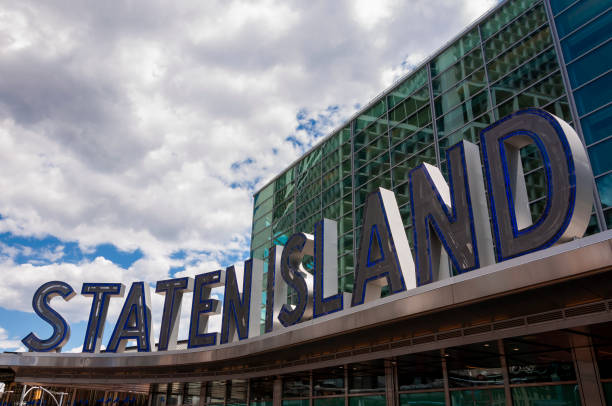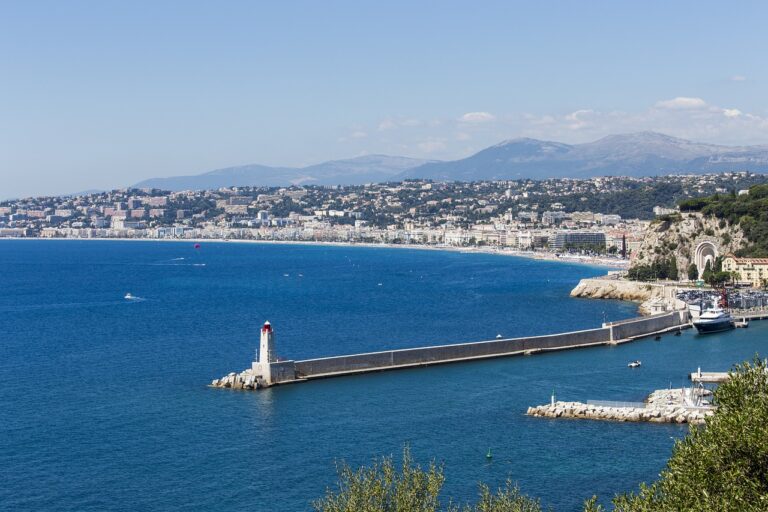27 Places to visit in April in USA
April is a fantastic time to explore the United States. With spring fully blooming, the weather is perfect for outdoor adventures, festivals, and scenic road trips. Whether you’re looking for a beach getaway, a nature escape, or a city break, there are plenty of options to suit every traveler. Here are 25 must-visit places to…









